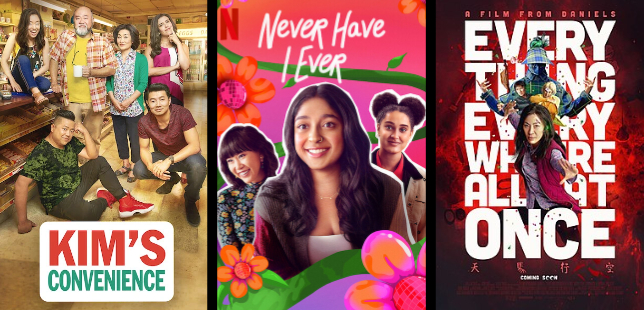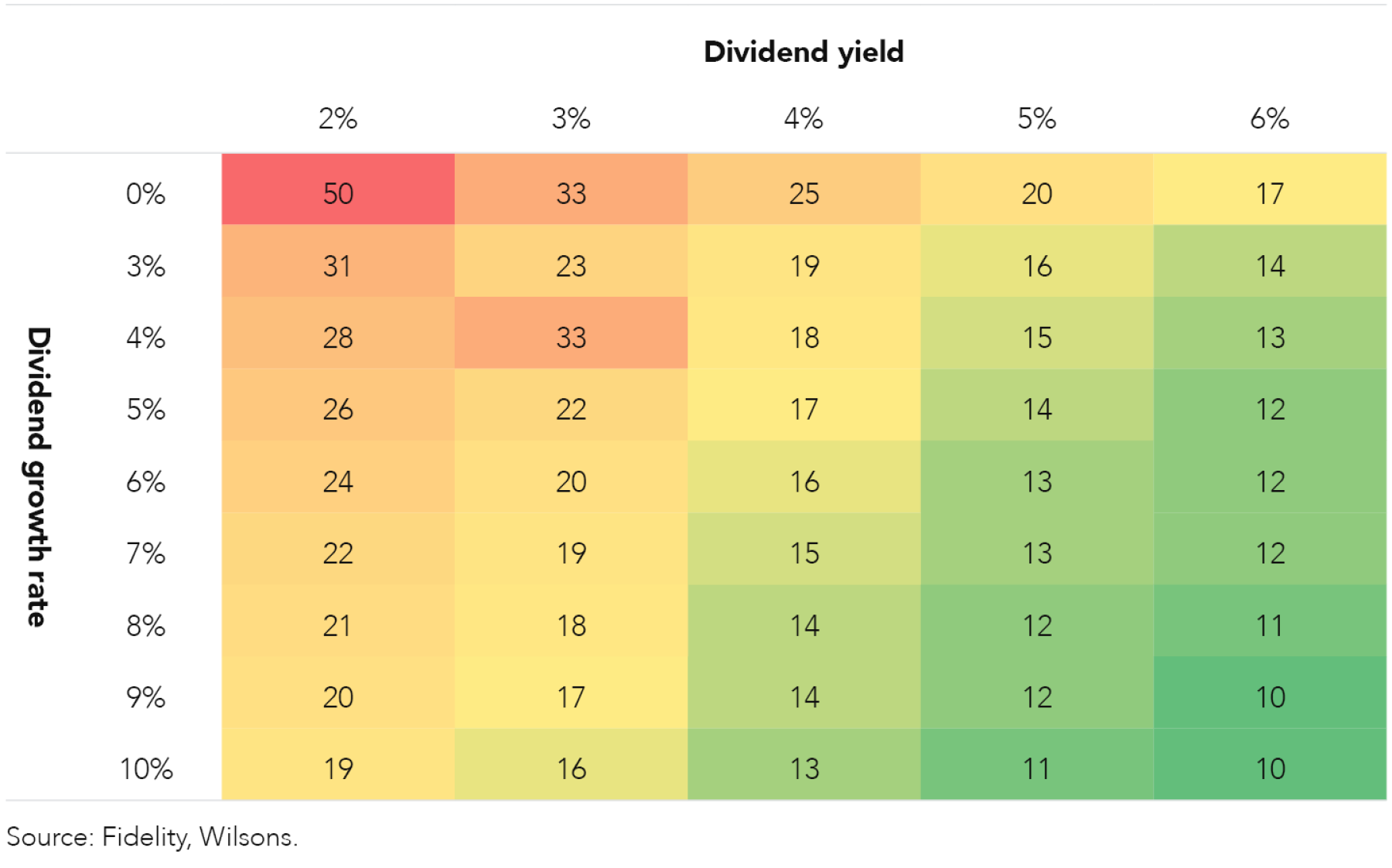The Need For Authentic Asian And Asian American Narratives In Media

Table of Contents
The Prevalence of Stereotypes and Misrepresentation
The media's portrayal of Asians and Asian Americans is often riddled with harmful stereotypes that reduce complex individuals and cultures to simplistic, and often offensive, caricatures. This misrepresentation actively harms individuals and communities.
The "Perpetual Foreigner" Trope
The "perpetual foreigner" trope is a pervasive stereotype portraying Asians as perpetually outside the boundaries of American identity, regardless of their citizenship status or generational history. This is deeply damaging.
- Examples: Think of the countless films and television shows where Asian characters are depicted with heavily accented English, are assumed to be recent immigrants, or are subjected to jokes about their supposed "foreignness." Even successful Asian Americans are often portrayed with this trope. Advertising campaigns frequently reinforce this by showcasing Asian individuals in exotic or vaguely defined "Asian" settings, further distancing them from mainstream American culture.
- Impact: This constant othering impacts Asian Americans' sense of belonging and contributes to feelings of alienation and marginalization. It creates a persistent sense of "not quite belonging," even for those born and raised in the United States.
The Model Minority Myth
The "model minority" myth is another insidious stereotype that paints Asians as uniformly successful, academically gifted, and docile. This seemingly positive stereotype is, in reality, incredibly damaging.
- Examples: Media often highlights the high academic achievements of Asian Americans while ignoring the struggles faced by many within the community, leading to a narrow and unrealistic portrayal. This includes the overrepresentation of Asian characters in high-achieving roles like doctors and engineers, while neglecting other professions and experiences.
- Impact: This myth creates unrealistic expectations, placing immense pressure on individuals to conform to a narrow definition of success. It also invisibilizes the struggles many Asian Americans face, such as poverty, mental health issues, and discrimination in other areas of life. It creates a harmful competition and fosters division within and between different communities.
Hypersexualization and Fetishization
Asian women are frequently hypersexualized and fetishized in media, while complex male representations are often lacking. This objectification perpetuates harmful stereotypes and reinforces discriminatory attitudes.
- Examples: The portrayal of Asian women as submissive, exotic, or hypersexualized in film, television, and advertising is a blatant example. The lack of nuanced and multi-dimensional characters often leads to a one-dimensional portrayal that reduces complex individuals to sexual objects. Male characters are often relegated to sidekicks or villains, further reinforcing harmful stereotypes.
- Impact: This kind of representation negatively impacts self-esteem and fuels harmful stereotypes, contributing to a culture of fetishization and exploitation.
The Importance of Authentic Representation
Authentic Asian and Asian American narratives are vital for fostering understanding, empowering communities, and driving positive social change.
Fostering Understanding and Empathy
Accurate portrayals in media cultivate empathy and understanding between different communities.
- Examples: Films and television shows that depict the full range of human experiences within Asian and Asian American communities can break down stereotypes and foster greater appreciation for cultural diversity. Shows that authentically represent family dynamics, generational conflicts, and the challenges of navigating multiple cultures can create a bridge of understanding.
- Impact: By showcasing diverse perspectives and experiences, accurate representation allows audiences to connect with characters on a human level, fostering greater empathy and dismantling harmful prejudices.
Empowering Asian and Asian American Communities
Seeing oneself reflected accurately in media is crucial for self-esteem and identity formation.
- Examples: The success of shows like "Fresh Off the Boat" and "Everything Everywhere All at Once," which showcase authentic Asian American experiences and characters, demonstrates the positive impact of such representation. These projects have created a sense of belonging and pride within the community.
- Impact: Positive representation helps young Asian Americans develop a strong sense of self and fosters a sense of pride in their cultural heritage. This is particularly important for marginalized communities.
Driving Positive Social Change
Media has the power to challenge prejudice and promote social justice through authentic storytelling.
- Examples: Documentaries and films that address important social issues affecting Asian and Asian American communities, such as anti-Asian hate crimes or the struggles of immigrant families, can raise awareness and inspire action.
- Impact: By showcasing the realities of these communities, media can drive positive social change by challenging harmful stereotypes and fostering greater understanding and advocacy.
Strategies for Achieving Authentic Representation
Achieving truly authentic representation requires a multi-pronged approach.
Increasing Asian and Asian American Voices in Creative Roles
Hiring Asian and Asian American writers, directors, producers, and actors is essential.
- Examples: Studios and production companies should actively seek out and hire talent from diverse backgrounds. Mentorship programs and initiatives focused on supporting Asian and Asian American creatives can help to foster inclusivity.
- Impact: By bringing more diverse voices into the creative process, the media landscape can become more representative and reflect the realities of Asian and Asian American lives.
Supporting Independent Filmmakers and Content Creators
Independent filmmakers and content creators often produce more authentic Asian and Asian American narratives.
- Examples: Platforms and funding organizations can actively support independent projects that showcase diverse Asian and Asian American stories. This includes providing funding, distribution support, and marketing assistance.
- Impact: This support empowers diverse voices and creates opportunities for more authentic stories to reach wider audiences.
Promoting Media Literacy and Critical Thinking
Developing media literacy skills enables audiences to critically analyze media portrayals.
- Examples: Educators, community organizations, and media outlets can create resources and programs that help audiences understand how stereotypes function and identify biases in media representations.
- Impact: By promoting critical thinking skills, we can empower audiences to question media narratives and hold media producers accountable for authentic and responsible representation.
Conclusion
Harmful stereotypes and misrepresentation of Asians and Asian Americans in media are pervasive and damaging. The urgent need for Authentic Asian and Asian American Narratives cannot be overstated. To achieve this requires increasing the number of Asian and Asian American creatives in leadership positions, supporting independent filmmakers and content creators, and fostering media literacy amongst audiences. We must actively seek out and support media that accurately and respectfully portrays the diversity of Asian and Asian American experiences. Support independent filmmakers, engage in discussions about representation, and demand better from mainstream media. Let's work together to ensure that Authentic Asian and Asian American Narratives are not only seen but celebrated in all forms of media.

Featured Posts
-
 Aaron Judge Ties Babe Ruths Yankees Record A Historic Feat
May 11, 2025
Aaron Judge Ties Babe Ruths Yankees Record A Historic Feat
May 11, 2025 -
 Celtics Payton Pritchard Takes Home Nba Sixth Man Award
May 11, 2025
Celtics Payton Pritchard Takes Home Nba Sixth Man Award
May 11, 2025 -
 Ai Powered Podcast Turning Repetitive Scatological Documents Into Engaging Content
May 11, 2025
Ai Powered Podcast Turning Repetitive Scatological Documents Into Engaging Content
May 11, 2025 -
 The Power Of Simplicity A High Yield Dividend Strategy
May 11, 2025
The Power Of Simplicity A High Yield Dividend Strategy
May 11, 2025 -
 Bayern Muenchen Na Mueller Een Analyse Van Het Verlies Van Een Icoon
May 11, 2025
Bayern Muenchen Na Mueller Een Analyse Van Het Verlies Van Een Icoon
May 11, 2025
